Clear Aligners for Teens and Adults
For Teens and Adults Clear Aligners No teenager likes to hear their dentist tell them that their teeth need alignment. Back in the day, metal
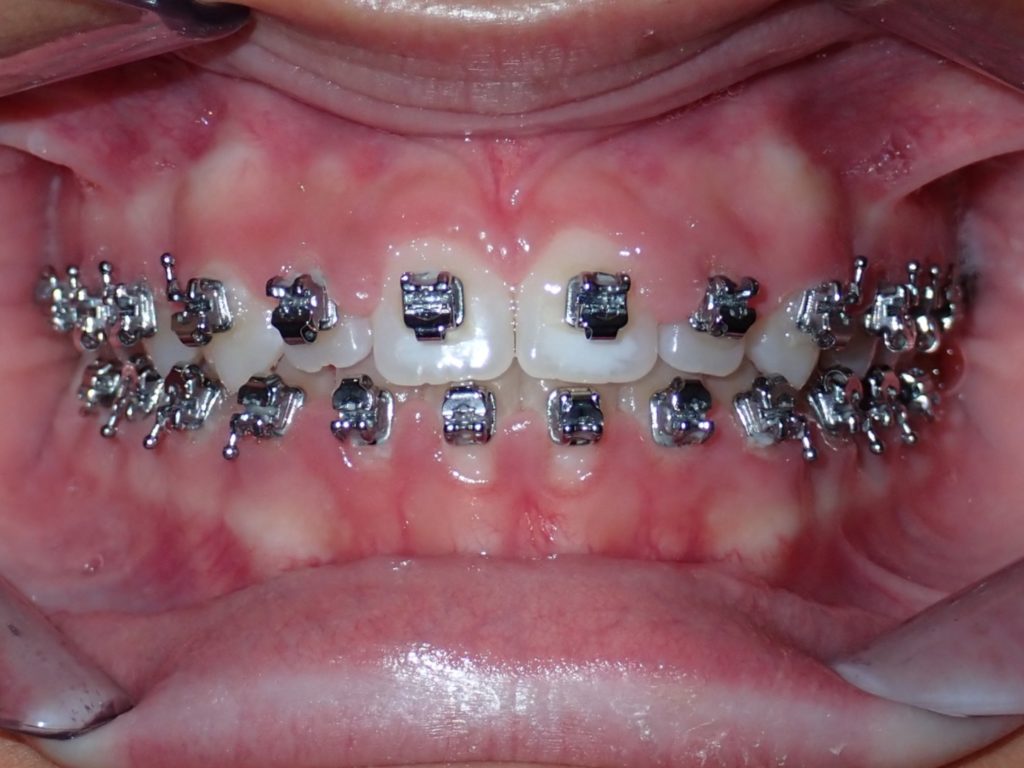
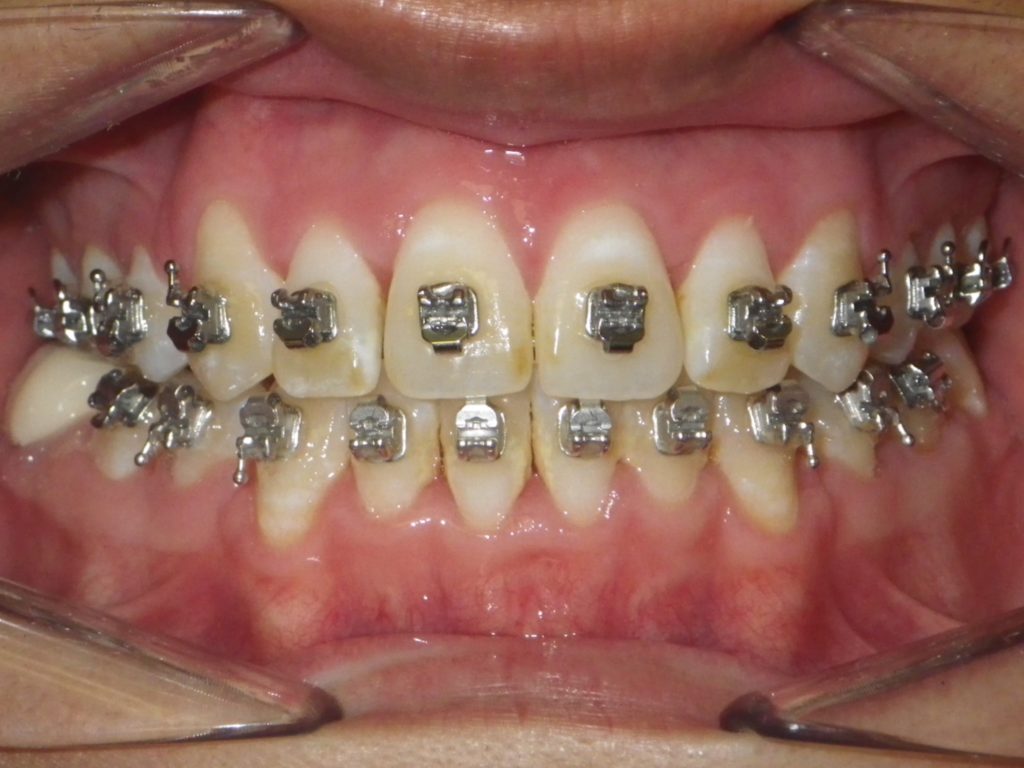
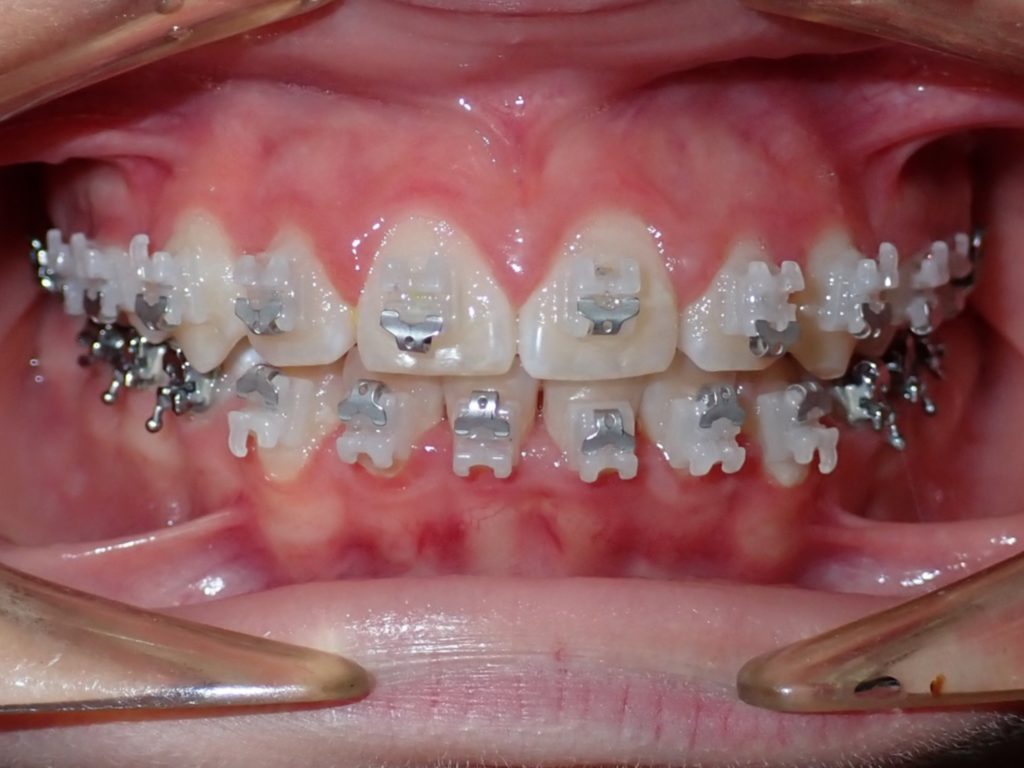
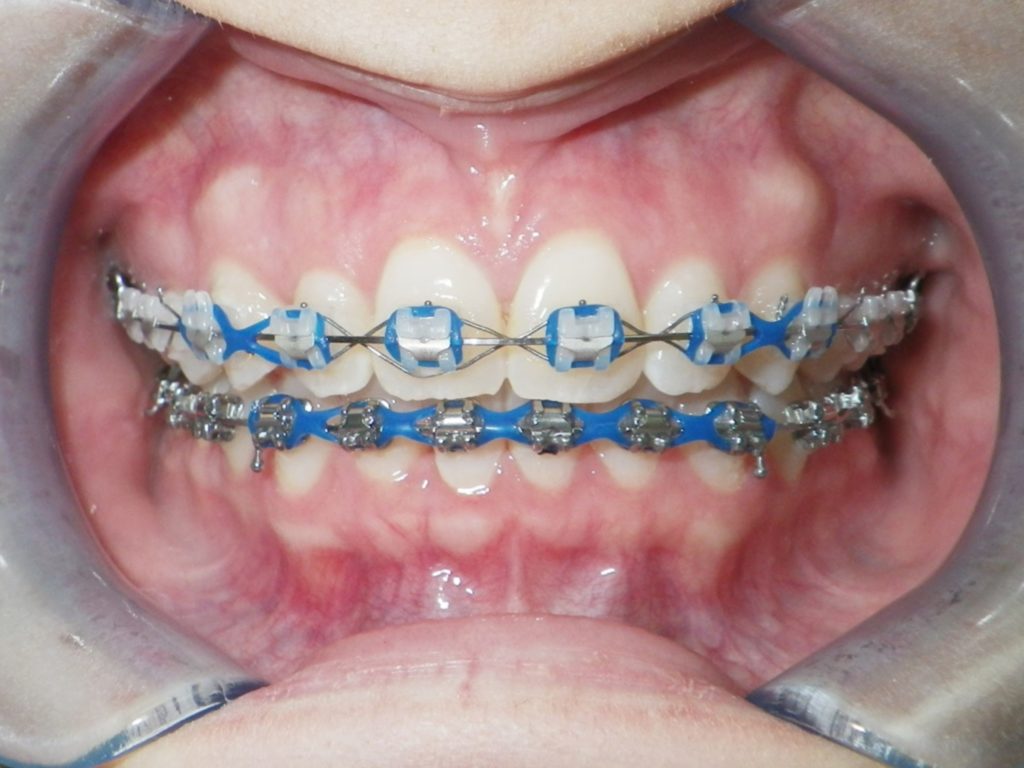
For Teens and Adults Clear Aligners No teenager likes to hear their dentist tell them that their teeth need alignment. Back in the day, metal
We offer Adult Orthodontic Treatment Many adults incorrectly assume that orthodontic treatment only applies to children and teens However, that is far from the truth.
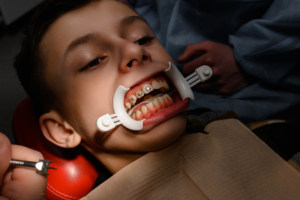
Explore our Early Orthodontic Treatment Timing Get them the right treatment when they need it most Timing is imperative when it comes to orthodontic treatment.

See Our Cases Before & After Non-extraction with upper and lower self- ligating brackets Time : 25 months Non-extraction with Invisalign Clear Aligners in 9
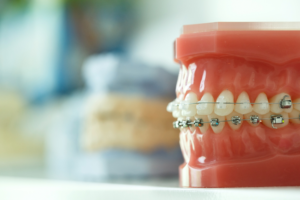
All About Braces Metal Braces There’s never been a better time to wear braces! There’s never been a better time to wear braces! Today’s metal
Get Started! Schedule a Complimentary Exam How it works: Call our office to schedule an appointment for your complimentary exam. During your consultation, we will